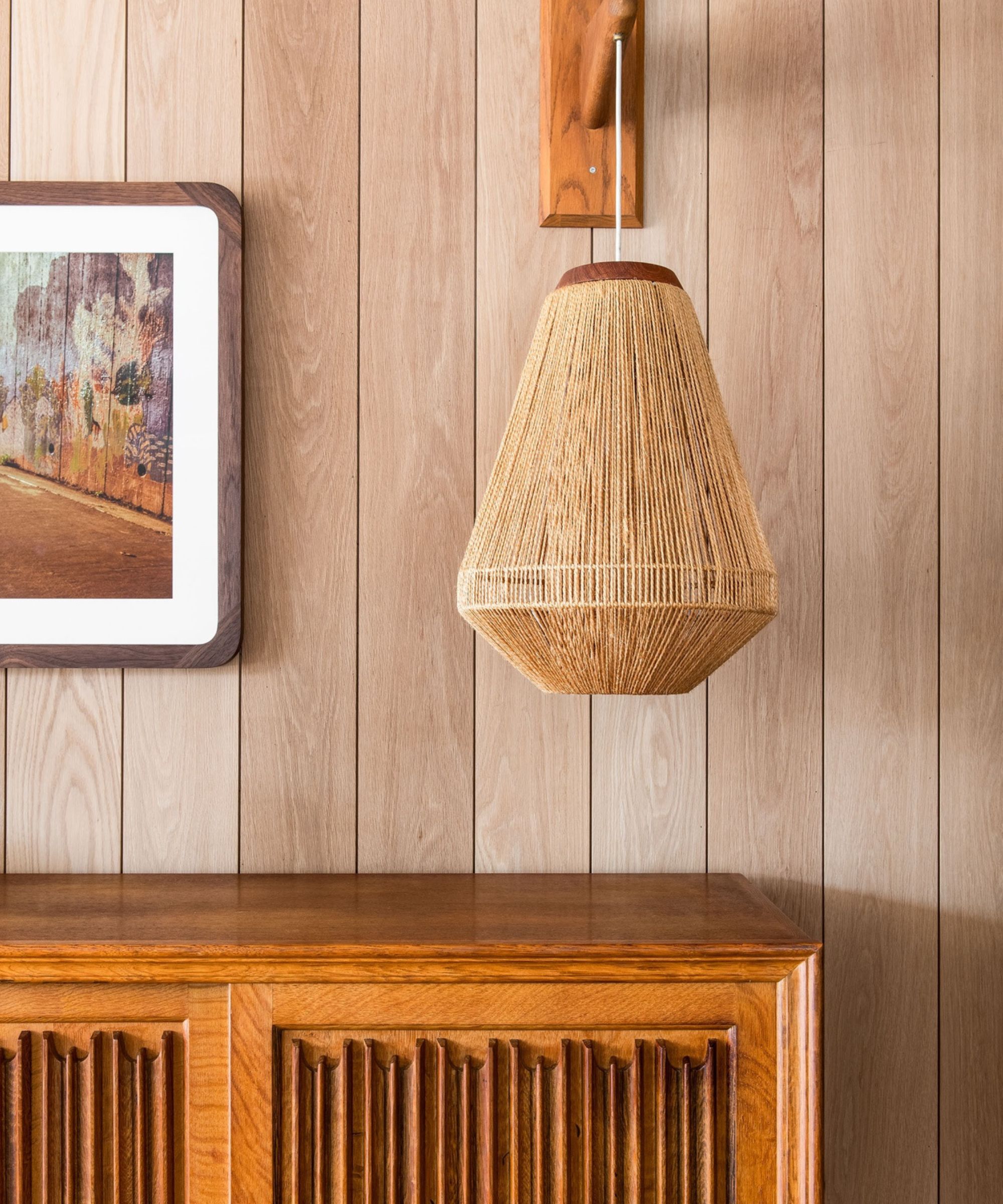Wood paneled walls can upgrade the soul of any space – these are my 3 steps to specifying them successfully
I use wood for warmth and texture in many of my interior designs – this is how I fix on the wood and the finish for a perfectly balanced space


In the past decade, wood-based wall treatments have undergone remarkable transformations, fueled by increased creativity and resources. It's no longer a mere afterthought; allocating a portion of your budget to customized or dynamic wall decor features is a worthwhile investment.
The days of relying solely on drywall are long gone. By incorporating thoughtful craftsmanship into your walls, your entire home or space will gain a sense of substance, strength, and soul.
Whether through creative wainscoting, intricate moldings, or the use of quality wood or plaster-treated surfaces, the spatial quality of your home or room can be profoundly enhanced.
1. Choose a finish to suit your home's architecture

The rise of the modern farmhouse aesthetic hit hard, exposing shiplap to a new audience far and wide, infusing spaces with the warmth of a wood wall finish.
However, to truly create a distinctive look, the key lies in selecting the right wood species, stain or unique color treatment that can elevate the overall structure of your home.
The era of plain drywall from the '80s and '90s has given way to a more glamorous approach, with designers embracing opulent treatments like reeding, kerfing, and various vertical applications of wall paneling. By revisiting and updating artisanal techniques of the past, we unlock a sense of intimacy and uniqueness that can completely transform the interior structure of a space.
2. Consider colored stains

In most of my projects, the reliance on plain drywall is a thing of the past. Today, we approach every wall with a treatment of wood, plaster, or wallpaper, resulting in a distinct and inviting atmosphere.
Design expertise in your inbox – from inspiring decorating ideas and beautiful celebrity homes to practical gardening advice and shopping round-ups.
Intricate crown moldings have become a permanent feature. Investing in these luxurious touches defines a style unique to you. One of the latest trends involves applying colored stains on grained wood, such as oak panels, to achieve textured depth and an artisanal appearance.
This technique adds substance, materiality, and texture to the walls, infusing the space with a soulful ambiance. It's no longer about just the cabinets or singular moldings; equal importance is given to the walls themselves.
3. Consider the wood species

When choosing wood for wall treatments, several factors come into play, including the desired aesthetic, existing decor, and personal preferences. White Oak, for example, offers beautiful grain patterns and a fresh appeal. Alternatively, walnut adds richness and depth, while reclaimed wood brings a rustic and environmentally conscious touch.
The possibilities are vast, and exploring different wood species opens up new dimensions of character and charm within your space. In my design work for The Ryder Hotel, I incorporated white oak panels with an eight-inch width and a natural water-based finish. The wood paneling extended throughout the mezzanine including the ceiling, creating an organic and immersive experience for guests. The color and texture infused the space with an authentic sensuality (see above).
Wood treatments have enhanced our approach to interior design. By moving beyond plain drywall and embracing the beauty of wood, plaster, and other creative applications, we can elevate the soul of any space. The craftsmanship, materiality, and texture of these treatments contribute to a unique atmosphere that is both timeless and captivating. Don't hesitate to explore the world of wood treatments and unleash its transformative power in your home.

Cortney Bishop, principal design and owner of Cortney Bishop Design, founded the full-service interior design firm in 2007. She holds a BBA in business marketing from the University of Georgia, and pursued her design career by blending her passions for travel, art, fashion and music. Her wide-ranging talent and innate ability to mix patterns and hues has resulted in a robust portfolio of diverse, inspiring residential and commercial projects, each reflective of a client’s lifestyle, personality and aesthetic. Cortney regularly contributes to Homes & Gardens.